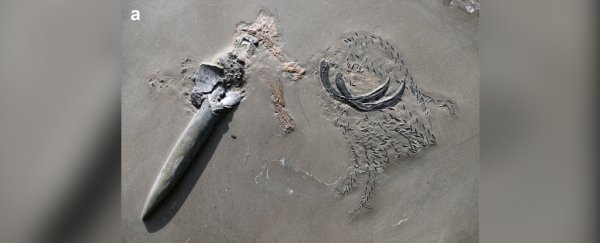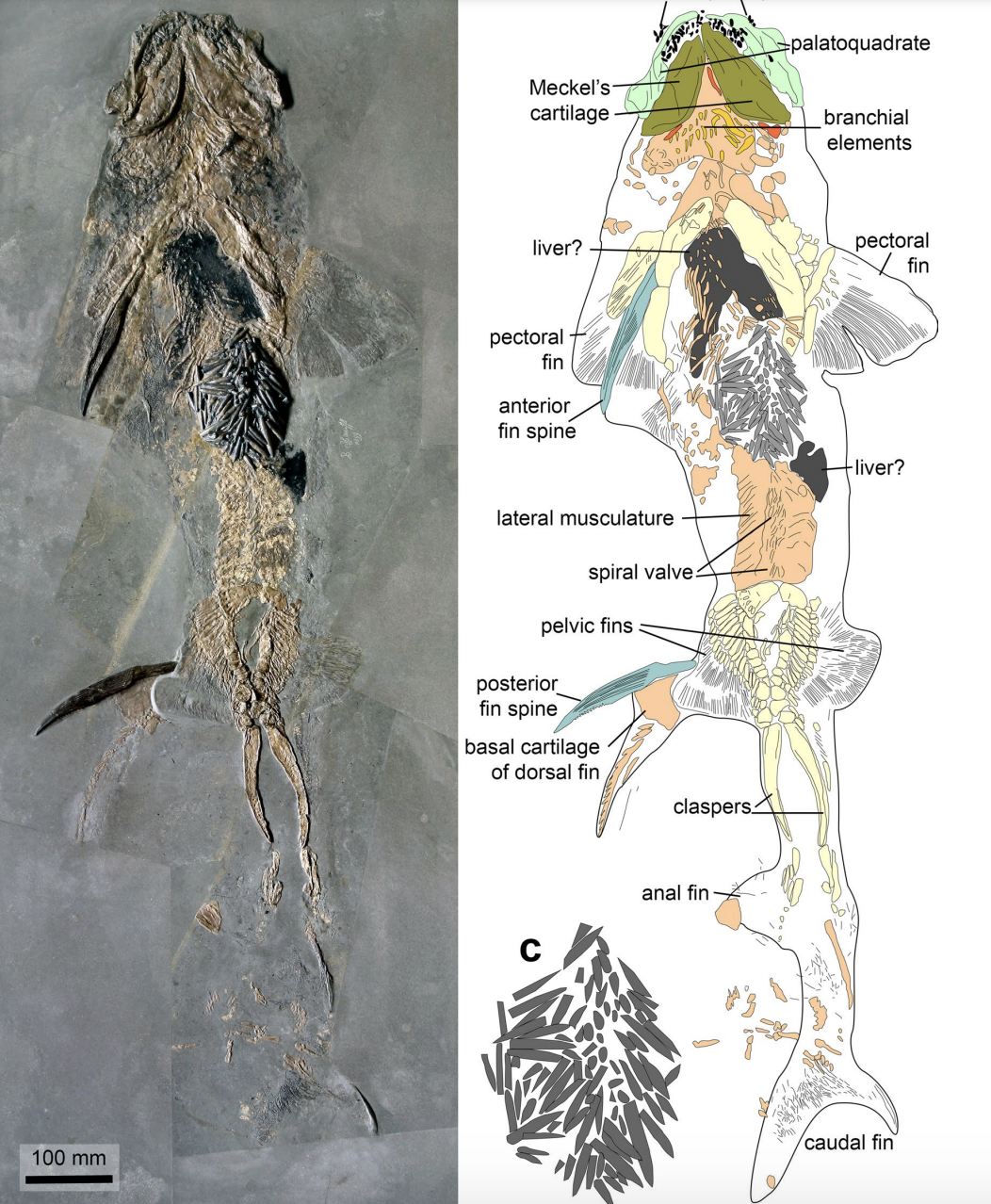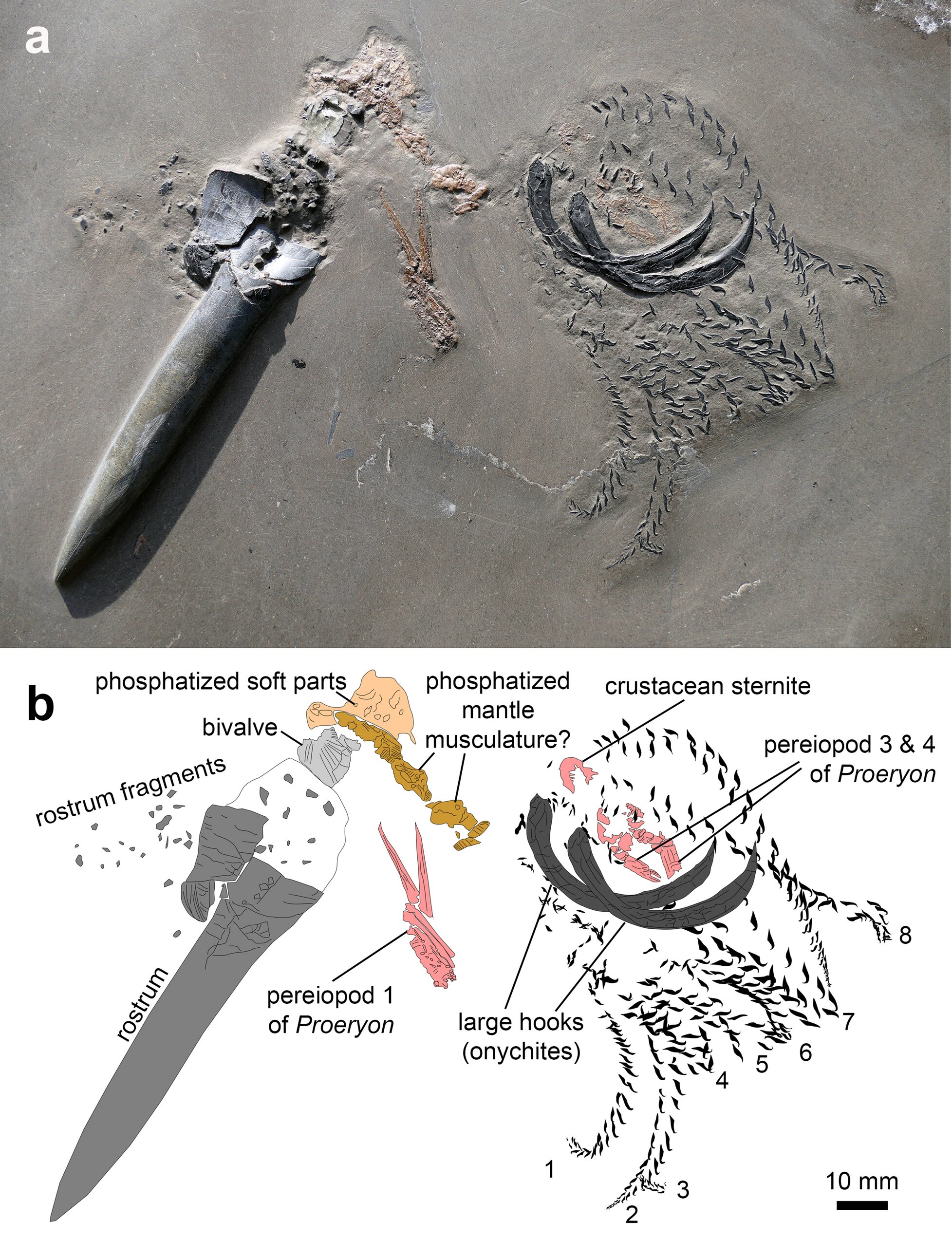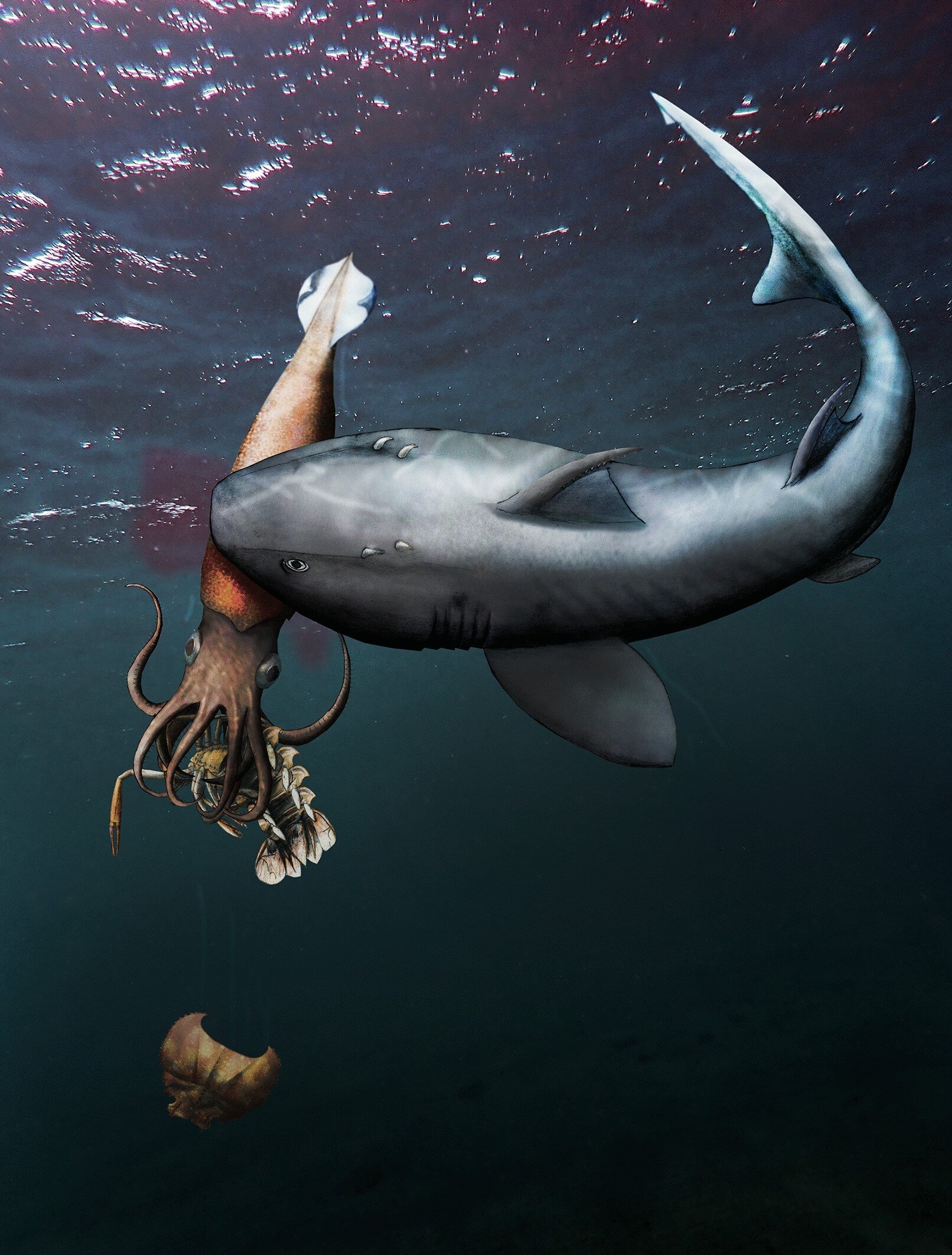This is why Vancouver has become North America's anti-Asian hate crime capital
Bloomberg News

© Provided by National Post British Columbia is facing an undercurrent of racism that began when the first Asians landed on its shores to search for gold, and to help build the railway.
It’s said to be the most Asian city outside Asia. Where a quarter of residents speak a Chinese language and the char siu rivals what’s served in Hong Kong barbecue shops. Where a Sikh gurdwara, a Tibetan monastery and a Chinese evangelical church coexist in harmony along a three-kilometre stretch of road dubbed the Highway to Heaven. The kind of place that should be immune to a rise in pandemic-fuelled racism.
Vancouver has been anything but.
Last year, more anti-Asian hate crimes were reported to police in Vancouver than in the top 10 most populous U.S. cities combined. With almost one out of every two residents of Asian descent in British Columbia experiencing a hate incident in the past year, the region is confronting an undercurrent of racism that runs as long and deep as the historical links stretching across the Pacific.
COVID-19 was the trigger. But the resentment had been building for decades. Few areas have been so visibly transformed by Asian immigration — and money — as the Lower Mainland. Vancouver itself has become a glittering cosmopolis of luxury condos and designer boutiques. The disproportionate rash of incidents has raised an unsettling question: Maybe Vancouver isn’t the bastion of progressive multiculturalism it thinks it is.
“COVID has just revealed what’s always been there,” says Trixie Ling, 38, a Taiwan-born immigrant who three years ago founded a nonprofit called Flavours of Hope to assist refugee women. She was accosted in May 2020 by a man who spewed a stream of racist and sexist insults before spitting in her face. “There is so much anti-Asian racism in our past that carries through.”
The recent backlash against the broader Asian community started almost as soon as COVID-19 began spreading beyond China in early 2020, with Vancouver seemingly poised to become an epicentre. The city had more direct flights with mainland China than any other in the Americas or Europe. A local businessman flying home from Wuhan became B.C.’s Case 1 on Jan. 26, among the first detected outside Asia at the time .
Months later, it would become clear that route wasn’t, in fact, the principal cause of the virus’s spread in the area: Epidemiological studies showed that the primary source of infections was strains from Europe, Eastern Canada and Washington state.
But in the early weeks of the pandemic, simply looking Asian and wearing a mask in Vancouver triggered verbal assaults such as “Virus spreaders,” “Go back to China” and “Stop stealing masks from frontline workers.” The attacks quickly escalated: One 92-year-old was hurled out of a convenience store to the sidewalk; a woman was punched in the head at a downtown bus stop in broad daylight. Vandals repeatedly defaced statues and buildings in Chinatown with racist graffiti.

© Postmedia file photo Retail signage in Richmond has a mixture of English and Chinese signs as well as Chinese-only signs.
In 2020, Vancouver police documented 98 anti-Asian hate crimes, an eightfold increase from the prior year. That was triple the number recorded in New York, which logged the most of any U.S. city, according to police data collected by the Center for the Study of Hate and Extremism at California State University at San Bernardino.
Of course, most incidents go unreported. An April 9 survey by Vancouver-based pollster Insights West revealed that 43 per cent of B.C. residents of Asian descent say they experienced a racist incident in the past year, ranging from racial slurs to property damage to physical assault. And almost half say they believe the racism will get worse. A report by the Chinese Canadian National Council for Social Justice in September found that Canada, per capita, had a higher incidence of anti-Asian racism than the U.S., with B.C. topping the list of provinces reporting incidents.
For those living in Richmond, just south of Vancouver proper, where ethnic Chinese constitute 54 per cent of the population, it’s been a particularly bitter irony. Richmond residents began practicing social distancing and donning face masks even before the province’s first case was detected. Months later, public-health officials and researchers would commend the local Chinese community for playing a key role in containing the virus’s early spread. More than a year into the pandemic, Richmond’s total infection rate remains dramatically low, closer to that of Nunavut than to the Vancouver metropolitan area.
‘Wuhan pneumonia’: Ontario MPPs urge Chinese-Canadian doctor to remove ‘divisive’ sign
Vancouver came to exist as the Pacific Coast terminus of Canada’s first transcontinental railway — Chinese labourers were able to lay more than six miles of track in a single day, but at a terrible price. Two Chinese workers died for every mile laid on the final treacherous stretch through the Rockies in the late 1800s, according to records at the University of British Columbia. Three decades earlier, during the gold rush, Chinese men worked only abandoned mines in order not to incur the anger of white miners.
Historically, Canada’s worst excesses against Asian communities trace their roots to the Lower Mainland — from the hefty “head tax” Ottawa began levying in 1885 on every Chinese person entering the country, to a decades-long ban on Chinese immigration, to the forced internment of some 22,000 Japanese Canadians during the Second World War that, unlike in the U.S., also stripped families of their assets. Covenants barring the sale of properties to those of “African or Asiatic descent” survive in land titles in some of Vancouver’s toniest neighbourhoods, even though the restrictions were nullified in 1978.

© Vancouver Public Library A man walks with his baby to the Hastings Park internment camp, with the PNE in the background.
Many still recall how quickly the hate flared, including Kayoko Nomura, 85, who as a child was taken from her home in the coastal town of Ocean Falls and corralled into a livestock pen with her mother and siblings at a Japanese detention camp 1,000 km south in Vancouver.
Twice in recent months she’s been the target of racist tirades. First, a driver in a Home Depot parking lot yelled at her to go back to her country, then a woman at Costco unleashed a hateful rant after Nomura picked up a magazine with gloves on. Community groups report Asian elders saying they haven’t felt such intense levels of hate since the war.
After a lifetime of slights and insults, Nomura thought she was inured to most. “People my age tend to grin and bear it,” says the octogenarian, who didn’t report the incidents to the police. “I guess it is time that all of us should be speaking out.”
The latest spike in hate crimes also draws from a more recent chapter in Vancouver’s history, one in which Asians, once stigmatized as an immigrant underclass, have been increasingly perceived as elites with rancor-inducing wealth. By the 1980s, close to half of all immigrants being admitted into Canada were from Asia; most weren’t rich, but increasingly the country was tweaking its policies to attract the wealthy.

© Vancouver Public Library A Chinese railroad track gang, circa 1900. Chinese migrant workers were brought to Canada to build the Canadian Pacific Railway. They were paid less than others and worked the more dangerous jobs. THEY WERE USED BY WHITE BOSSES TO BE THE DYNAMITER'S THROUGH THE ROCKIES
In Vancouver, a conspicuous group of well-heeled newcomers emerged, none more visible than Li Ka-shing . The legendary Hong Kong tycoon in 1988 acquired one-sixth of downtown properties and redrew the skyline with a cluster of tall, glassy condominiums. (To be sure, his group fostered little goodwill by pre-selling an entire tower exclusively to Hong Kong buyers without offering a single unit locally.) Over the next decade, some Hong Kong immigrants moved to Canada in the lead-up to the British colony’s return to Chinese rule in 1997.
“Is Vancouver Becoming a Suburb of Hong Kong?” screamed the March 1988 cover of Equity , a Vancouver business magazine. In the 1990s a furor raged in public hearings on zoning rules over the newcomers’ so-called monster homes destroying the esthetics of traditionally wealthy, white neighbourhoods (the ones with the voided covenants). Yet by 2010, Americans would come to own four times as many Vancouver properties as Hong Kongers at the time — to scant outrage.
Like some chronic condition, the xenophobia would subside for a time only to flare up again later, triggered by anxieties over access to housing or education.
Around 2014 a particularly dizzying surge in home prices began. With cheap money inflating asset prices worldwide, Vancouver found itself at the centre of a global property boom. Double-digit gains in home prices outpaced those in New York and London
.
© Postmedia file photo In the 2019-2020 academic year, 28 per cent of UBC students at the Vancouver campus were from outside Canada, and about half of those were from China.
A more visible phenomenon in Vancouver’s small, shallow economy was an influx of Chinese money fleeing Beijing’s tightening capital controls. Signs included buses emblazoned with wraparound realtor ads in Chinese, as well as Asian college students parading in Lamborghinis and Aston Martins. The University of British Columbia has often colloquially been referred to as the University of Beautiful Cars — or the University of a Billion Chinese.
The ostentatious displays of wealth by the fuerdai — the label the Chinese apply to children of the nouveau riche — rankled in a city gripped by a housing affordability crisis. Newspapers were filled with tales of cash-rich Asian buyers besting locals in bidding wars and upscale neighbourhoods turned desolate as absentee owners left properties empty and condominium towers dark at night.
A controversial 2015 study sought to determine the level of foreign ownership — in the absence of data at the time — by screening for non-Anglicized Chinese names in three wealthy neighbourhoods. The study — based on just 172 sales out of more than 42,000 transactions that year — was facilitated by David Eby, then an opposition politician. It became fodder for dozens of news stories over the next few years as definitive evidence of Chinese buyers driving the market, avoiding taxes, flipping properties and receiving unfair access to bank financing.
Eby, now the province’s attorney general and minister responsible for housing, last month apologized for his role in the study, acknowledging his comments at the time had helped perpetuate a harmful narrative against Chinese money.

© Postmedia file photo A more detailed study of the Vancouver real estate market unearthed the fact that buyers — not primarily Chinese buyers — were enticed by low interest rates and low property taxes.
Starting in 2016, Vancouver and the rest of British Columbia became a laboratory for policies designed to deter rich foreigners from investing in real estate. A series of measures rolled in: first a foreign-buyer tax, then an empty-homes tax, followed by a so-called speculation tax targeting nonresidents and “satellite families” — a term associated with households where the breadwinner stays in Asia, while the spouse and children live in Vancouver.
Economists and statisticians, as well as the federal housing agency, took a more nuanced view that wealthy buyers from abroad played only a supporting role in the runup in prices. There were a host of factors fuelling the market: Vancouver’s rock-bottom property tax rate, the lack of a capital-gains tax on primary residences, a byzantine zoning and permitting regime that strangles the housing supply, and a local economy that from its early days has attracted speculators, be they gold prospectors, stock promoters or real estate opportunists.
But the real villains were a decade-plus stretch of historically low interest rates, a legacy of the 2008 financial crisis, and a Canadian propensity to borrow that had elevated property speculation to a national sport.
“It makes for a tempting narrative: them, not us,” Evan Siddall , then head of the CMHC, cautioned in a 2016 speech in Vancouver, pointing to evidence that Canadians were more likely to buy investment properties than foreigners. “The scapegoat is obvious: blame foreigners.” 
The Chinese-style urban gate is a landmark in the city’s Chinatown.
Local and provincial policymakers parried accusations that they were discriminating against Asians, claiming they were being even-handed. “Targeting foreign owners and the one per cent who are driving up housing costs,” is how B.C.’s finance ministry justified the barrage of new taxes in 2018.
Those policies have ensured that people purchasing houses as an investment “are paying their fair share of taxes,” the provincial government said in a response to questions last month, saying the measures didn’t target people by country of origin. “The important difference is not by citizenship, but between people who work and pay taxes here and the people who do not.”
Yet perplexingly, the province exempted nonresident buyers in places such as Whistler, which has an even more acute affordability problem. In 2016 foreign buyers accounted for some 10 per cent of property transactions, according to local real estate agents. But in Whistler the foreigners are mostly Americans — not Chinese.

© file photo The four-season resort town of Whistler has long had a housing affordability problem.
Particularly corrosive was the provincial government’s anti-money-laundering campaign which — dubiously but indelibly — linked the housing runup to dirty money. Asian wealth became synonymous with illicit wealth as shocking images emerged of Chinese gamblers hauling bags of cash into Vancouver casinos. Amid public outrage, the government initiated a public inquiry into money laundering and its impact on housing prices that’s still ongoing.
“It was sort of like a syndicated TV series,” Henry Yu, a University of British Columbia historian, told the public inquiry in February, testifying on patterns of racism in the province’s housing discourse. “I think I’ve seen this episode.”
It took a pandemic to expose the trope.
Foreign buyers accounted for less than one per cent of $15 billion in residential transactions in the city last year, according to government data, a byproduct of closed borders and a steep drop in immigration.
Yet with homes ever more out of reach, few are publicly acknowledging that perhaps the focus on Asian buyers was disproportionate. Asked about the role interest rates have played in the surge, a spokesman for the provincial government responded with an emailed statement that noted “the factors driving up house prices today are different” and that its policies had successfully reduced the presence of foreigners in property transactions since 2018.
For Ling, the Taiwan-born immigrant, it seems deeply unfair that a small group of wealthy individuals were used to stereotype the entire Asian community. But the shock of being abused and spat on last May galvanized her decision to report the incident and to continue to raise her voice.
“Saying that we’re so multicultural dismisses the problem — in Canada, we don’t want to talk about it,” she says. “Well, that’s privilege — the privilege of not paying attention to what’s been happening.”
— with additional reporting by Sandrine Rastello
 Global News 11/5/2021
Global News 11/5/2021


















 © Zapalski et al., Palaeogeogr. Palaeoclimatol. Palaeoecol., 2021
© Zapalski et al., Palaeogeogr. Palaeoclimatol. Palaeoecol., 2021






